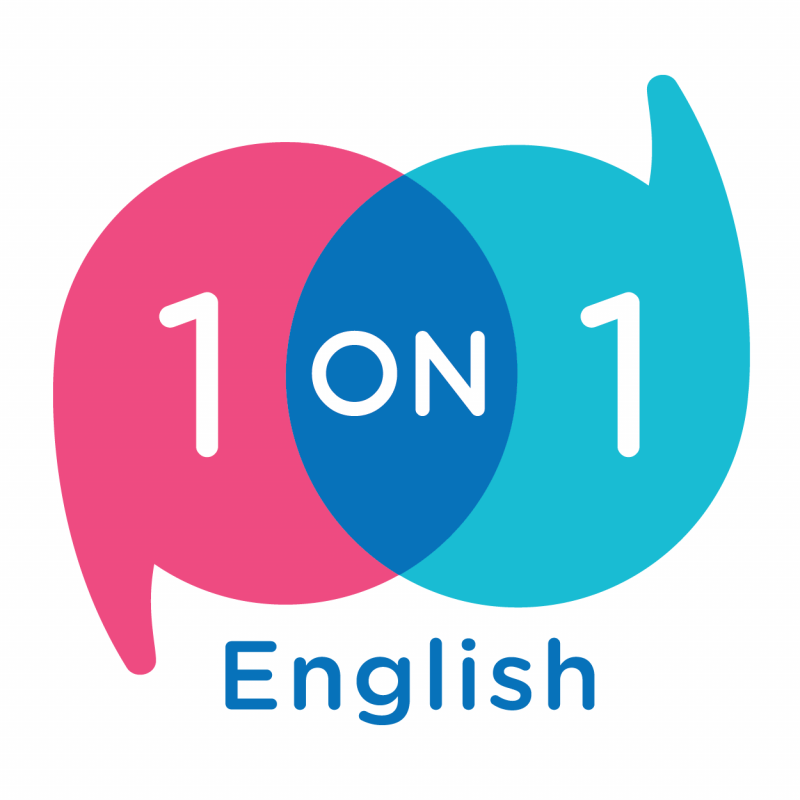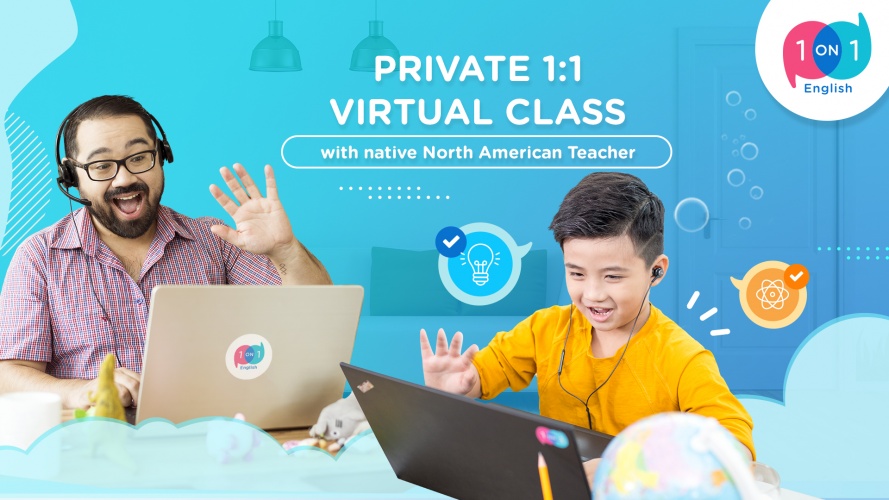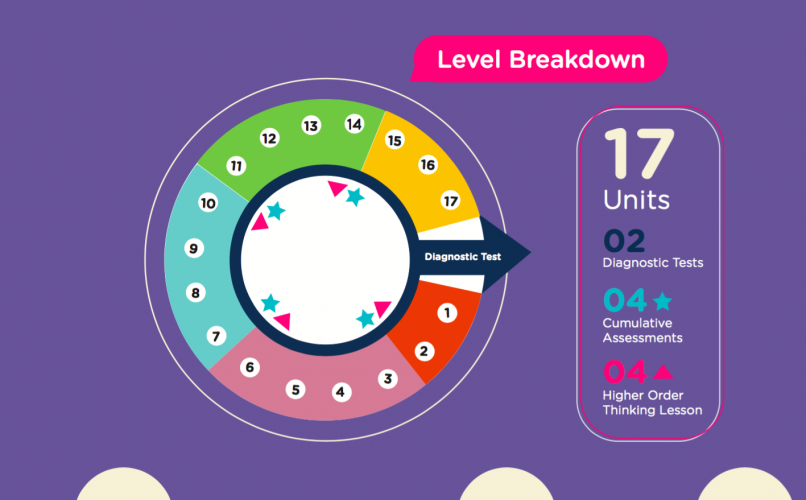
One on One English
One On One English engages learners to confidently and competently speak English through gamification and microlearning. Learners interact with content through an adaptive educational app and attend live lessons via Learning Experience Platform (LXP). 21st Century Life Skills, a pairing of soft skills and critical-thinking skills, is explored through a Project-Based Learning (PBL) performance task in every unit. All courses are aligned with Cambridge English exams, CEFR standards, and Pearson's Global Scale of English (GSE). Learners can study at a pre-A1 CEFR level through a C1 CEFR level using the One On One English EFL curriculum and learning method.
The pedagogical analysis covers how the product supports learning of the identified skills. The student’s role is assessed by four contrary pair parameters, which are selected to cover the most essential aspects on the use of the product.
The following are the high educational quality aspects in this product.
The supported learning goals are identified by matching the product with several relevant curricula descriptions on this subject area. The soft skills are definitions of learning goals most relevant for the 21st century. They are formed by taking a reference from different definitions of 21st century skills and Finnish curriculum.





User reviews for One on One English
You need to log in to post a review.